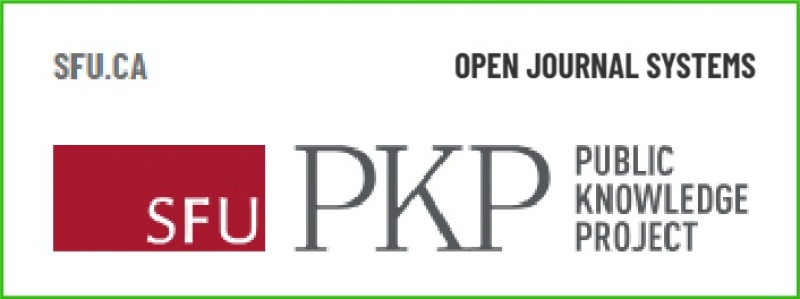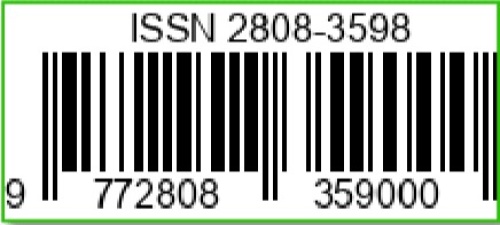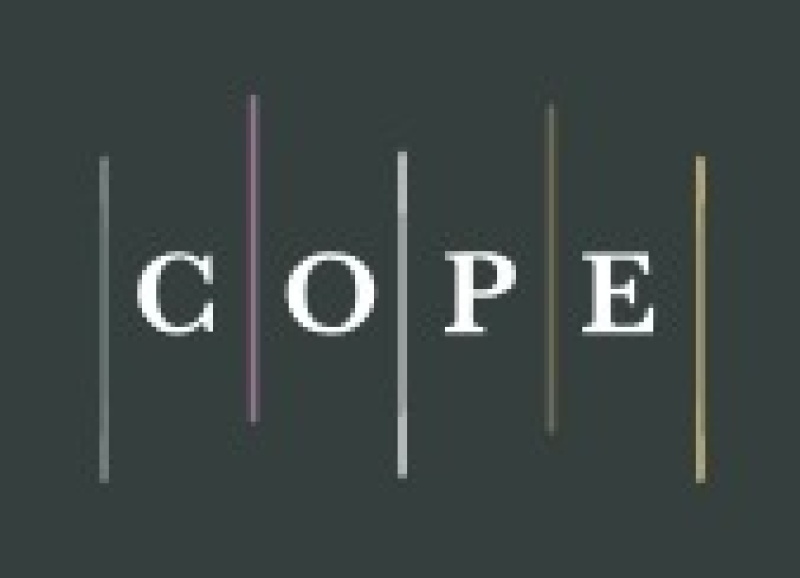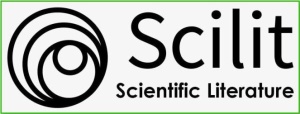Identifikasi Jenis Kupu-kupu (Lepidoptera) di Taman Wisata Alam Baning Kabupaten Sintang
DOI:
https://doi.org/10.36312/biocaster.v3i2.169Keywords:
Butterflies, Lepidoptera, Ecology.Abstract
Baning Nature Park is located on the Ana River, Sintang District, Sintang District, West Kalimantan Province, is an ex-situ conservation area of dry lowland plants with various collections of plant habitus, both from trees, shrubs, herbs, lianas, and others. other. The existence of butterflies in a habitat has a role as pollinating insects which have a very important position in maintaining the balance of nature. Butterflies aside from being natural pollinating agents, can be used as an indicator in testing environmental quality, by observing the state of their habitat. This study aims to find out what types of butterflies are found in the Baning Nature Park and their ecological roles. This research is a type of exploratory research. Data collection was carried out using a belt transect, by circling the Baning Nature Park. Catching butterflies is done using sweeping technique. Observations made at the Baning Nature Park found 15 species in 4 different families. These species namely; Arhopala centaurus, Leptosia nina, Appias olferna, Eurema blanda, Catopsilia pomona, Eurema hecabe, Junonia hedonia, Junonia atlites, Junonia iphita, Hypolimnas bolina, Phaedyma columella, Elymnias hypermnestra, Tanaecia trigerta, Papilio memnon, and Papilio polytes. The ecological role of the butterfly is as a pollinating organism. Nectar-producing plants in Baning Nature Park which are frequently visited by butterflies, namely, the species Psydrax dicoccos and Ixora sp.
Downloads
References
Ahmad, H. S., Shagir, K. J., Kadriansyah., Chaeril., Bachri, S., & Tahari. (2018). Metamorfosa. Sulawesi Selatan: Balai Taman Nasional Bantimurung Bulusarung.
Aprilia, I., Setiawan, D., Iqbal, M., Pragustiandi, G., & Yustian, I. (2020). Kupu-kupu Sembilang Dangku. Palembang: ZSL Indonesia.
Ardianto, M., & Ginoga, L. N. (2020). Jenis Kupu-kupu di Desa Bulu Mario Tapanuli Selatan. Sumatera Utara: Sekretariat Kelompok Kerja Pengelolaan Lansekap Batang Toru.
Baskoro, K., Kamaludin, N., & Irawan, F. (2018). Lepidoptera Semarang Raya. Semarang: Departemen Biologi Fakultas Sains dan Matematika, Universitas Diponegoro.
Dalem, A. A. G. R., & Joni, M. (2017). Jenis-jenis Kupu-kupu yang Ditemukan di Kawasan Pariwisata Ubud, Bali. In Prosiding Seminar Nasional Sainstek (pp. 163-177). Denpasar, Indonesia: Fakultas Matematika dan Ilmu Pengetahuan Alam, Universitas Udayana.
Ilhamdi, M. L., Idrus, A. A., & Santoso, D. (2018). Struktur Komunitas Kupu-kupu di Taman Wisata Alam Suranadi, Lombok Barat. Jurnal Biologi Tropis, 19(2), 147-153. https://doi.org/10.29303/jbt.v19i2.880
Millah, N. (2020). Diversitas dan Peranan Ekologi Kupu-kupu (Rhopalocera) di Area Blok Ireng-ireng Kawasan Taman Nasional Bromo Tengger Semeru. Skripsi. Universitas Islam Negeri Sunan Ampel.
Mustari, A. H., & Gunadharma, N. (2016). Kampus Biodiversitas: Kupu-kupu di Wilayah Kampus IPB Dramaga. Bogor: IPB Press.
Peraturan Lembaga Ilmu Pengetahuan Indonesia Nomor 4 tahun 2019 tentang Pembangunan Kebun Raya. 2019. Jakarta: Lembaga Ilmu Pengetahuan Indonesia.
Rohman, F., Efendi, M. A., & Andrini, L. R. (2019). Bioekologi Kupu-kupu. Malang: Universitas Negeri Malang.
Ruslan, H., Tobing, I. S. L., & Andayaningsih, D. (2020). Biodiversitas Kupu-kupu (Lepidoptera : Papilionoidea) di Kawasan Hutan Kota Jakarta. Jakarta: Fakultas Biologi Universitas Nasional.
Udayani, I. G. A. P. I., Watiniasih, N. L., & Ginantra, I. K. (2020). Koloni Lebah Madu (Apis cerana F.) sebagai Agen Penyerbuk pada Tumbuhan Terung Ungu (Solanum melongena L.) pada Sistem Pertanian Lokal Bali. Metamorfosa : Journal of Biological Sciences, 7(2), 159-162. https://doi.org/10.24843/metamorfosa.2020.v07.i02.p03

Downloads
Published
How to Cite
Issue
Section
License
Copyright (c) 2023 Azhar Armia Kurniawan & Kurnia Abdullah Samani

This work is licensed under a Creative Commons Attribution-ShareAlike 4.0 International License.
-
Attribution — You must give appropriate credit, provide a link to the license, and indicate if changes were made. You may do so in any reasonable manner, but not in any way that suggests the licensor endorses you or your use.
-
ShareAlike — If you remix, transform, or build upon the material, you must distribute your contributions under the same license as the original.










































